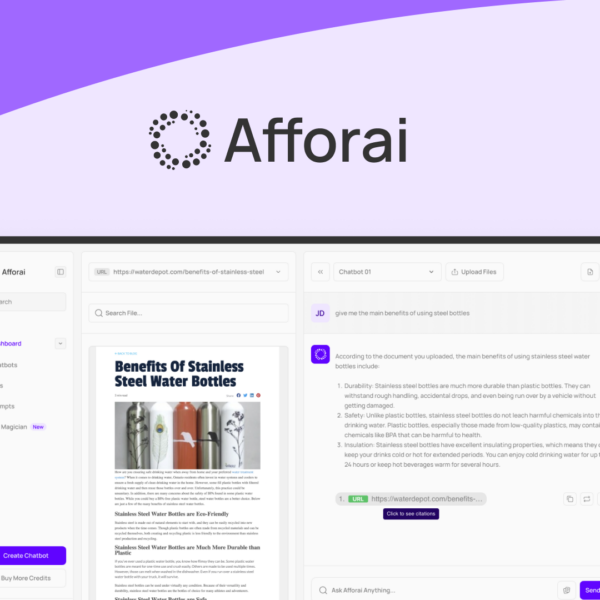In the world of SaaS, localization can make or break your global expansion efforts. Are you ready to tailor your product for diverse markets?
Localization plays a vital role in the success of Global SaaS companies. It’s not just about translating words; it’s about adapting your product for each market. Users want to feel at home when using your software.
What is Localization?
Localization involves tailoring your software to meet local needs. This includes language preferences, cultural nuances, and regulatory requirements. For instance, a button that works well in one culture may not resonate in another.
Why Does It Matter?
When software is localized, it improves the user experience. Users relate better to products that speak their language and respect their culture. This can increase user engagement and reduce churn rates.
How to Localize Your SaaS
Start by researching your target markets. Understand their language, culture, and any specific needs. Work with local experts to ensure your content is contextually relevant. Use simple language and avoid jargon when possible.
Challenges of Localization
There are hurdles in the localization process. It can be time-consuming and costly. You may face challenges in maintaining accuracy across different languages. However, these challenges can lead to greater rewards.
Examples of Successful Localization
Many top companies have effectively localized their services. For instance, platforms like Airbnb and Uber customize their interfaces based on local culture. They ensure that users can navigate and understand their services easily.
In conclusion, investing in localization is not just wise; it’s essential. In a global market, localization can set your SaaS apart from the competition.




